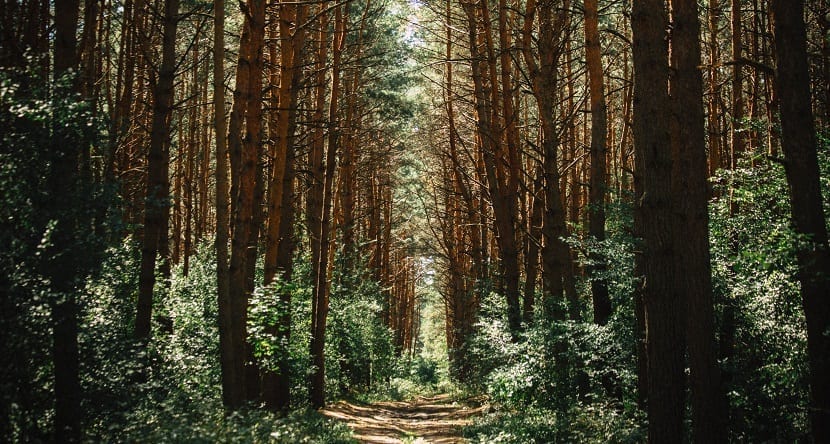
In many articles and nature documentaries the word biome is mentioned, but, What is a biome ?. It sounds like something to do with ecosystems, something to do with life (hence the prefix bio-). However, more than related to biology and natural sciences, it is a concept used in climatology.
Knowing the characteristics of biomes is very important, because only in this way can one understand how ecosystems really work.
What is the definition of biome?
Biome is defined as a geographic area, usually large in size, in which there are groups of animals and plants that can remain there due to their ability to adapt to the environment. That is, they are capable of living in the environment that surrounds them even if there are changes in conditions.
The variable that determines the area of distribution of animal and plant species is climate. The conditions created by the climate are those that favor the formation of a certain type of soil. Thanks to the type of soil, it can give rise to certain species of plants and, in turn, different species of animals can develop. Therefore, it is the climate that determines the biome.
Biome characteristics
Now that you know what a biome is, let's see its most remarkable characteristics. Due to the action of man and negative effects of climate change, there are changes in the characteristics of the climate. As changes occur in the climate and in the specific areas where animals and plants thrive, they can be threatened. Many of the species that live in these places they are able to adapt and survive to new conditions and new scenariosBut, unfortunately, not all species have the same adaptability and die.

Biomes significantly affect the characteristics of natural environments. When a biome is home to a large number of individuals of a certain species, they can dominate other species and make them fight for their survival. However, on the contrary, if in the biome there is little abundance of a certain species of plant, and there are animals that need them as food, this will be a major limiting factor for the survival of the animal species. That is why biomes condition the life of many living beings.
That is why it is vitally important to learn and know as much as possible about these biomes because human actions can alter the natural balance of the elements that compose it. There are many species that live in a biome and of many of them we have little knowledge about their way of life, etc. However, it is important to conserve them as well as the ones we are aware of and we know how they work since some of the species that inhabit biomes, although some are large living beings and others extremely small, are extremely dependent on each other.

Types of biomes in the world
For a biome to be recognized as such there are numerous variables to take into account. The first thing is that the climate of the place is evaluated since there cannot be too many variables that condition it. On the other hand, the geographic distribution of a particular area affects the biomes that compose it. So that It is important to be able to discover the type of adaptation that an animal or a plant can have in order to continue to thrive in a biome despite the changes that can occur in it due to human and natural actions. It is also important to know the adaptation of each species because we are not only referring to the physical changes that can occur but also to changes in behavior. These behaviors can be studied to be able to know the key indicators to see how a living being is capable of adapting to changes in the environment.
Plants and animals, separately, but at the same time together, work to be able to constitute the different biomes that exist in the world. We say that they are separate, because plants are different organisms from animals, with totally different behavior and physiology. What unites the two is that many species of plants depend on animals to pollinate and disperse their seeds and animals often depend on plants for food.
The importance of biomes
In today's society, so urbanized and industrialized, it is difficult to see the vital importance that plants have in the world. Many people do not believe that plants play such an important role on the planet. The most important thing that makes plants vital in our lives is that without them, animal life on Earth would die. That is, herbivorous animals could not feed and therefore carnivorous animals would not have food. The chain would be broken and the functioning of natural ecosystems would be destroyed. That would affect us too. That is, we consume many plants to obtain nutrients for our health and our proper functioning. But we also consume animals, which is why plants and animals are essential for life on the planet. However, plants alone, many of them, could survive without animals.

Plants are in our daily life
We should also mention that one of the essential elements that we need to live both we and the rest of living beings is oxygen. This is produced by plants, so we have another reason to say that they are very important in life on the planet. Seen in another way, plants need the carbon dioxide that animals exhale to be able to photosynthesize. Photosynthesis is a key process for all forms of plant and animal life and, of course, ours.
Factors determining biomes
Two important factors that determine the animals and plants that live in any biome are temperatures and rainfall. Depending on the temperature range and annual rainfall levels that exist in the biome, the number of species that can live there will depend.
We must also mention competition between species as a determining factor in a biome. Many species of animals and plants cannot live in a certain biome because other species prevent them. Many times they compete for food and sometimes for territory.
As we have mentioned before, the most important factor for the survival of the species is the climate. That is why we do not find biomes like deserts and rainforests. The climate has all the control over what will live and grow in any biome and this can also change depending on the rotation of the Earth, that is why some areas have rainy seasons and in other periods of the year they are hot and dry .

We must make an appointment to the environmental changes that occur in biomes that can alter the ecological balance and of which we have no control. We are talking about natural phenomena of extraordinary range such as tornadoes and hurricanes. These phenomena can totally alter the conditions of the biome and cause changes in the climate that may condition that certain species of animals and plants that lived in that biome can no longer live.
Types of biome that exist in the world
On planet Earth there are numerous biomes that exist. Each one has its own unique and exclusive characteristics that make them different from the others. There are also species of plants and animals that make a difference. In order to explain why some species live in a certain place and not in another, the characteristics and functionality of biomes are thoroughly investigated.
The more we know about biomes, the better we can understand how plant and animal species depend on each other for survival. Earlier we mentioned ecological balance. This balance it is vital for the species to be kept in good condition and they can fulfill their function with the rest of the species and the ecosystem.
By classifying biomes into different types, we can explain why many animal and plant species exist in certain parts of the world and why not in others. We make a small list of the biomes that exist on our planet.
Terrestrial biomes
These are the biomes that are found on earth and that have nothing to do with the sea or the oceans. Normally, they have an abundance of vegetation although they do have many variations depending on the climate in which they are and the latitude and altitude. The best known are the tundra, the forest, the grasslands and the desert.
The biomes of the tundra. Definition

Tundra
They are characterized by extremely low temperatures and very harsh conditions for the survival of living beings. Very few species of plants and animals can survive in these places. They cover the territories of Russia and the Arctic. Human beings also have great difficulties to be able to live in these ecosystems.
The forests
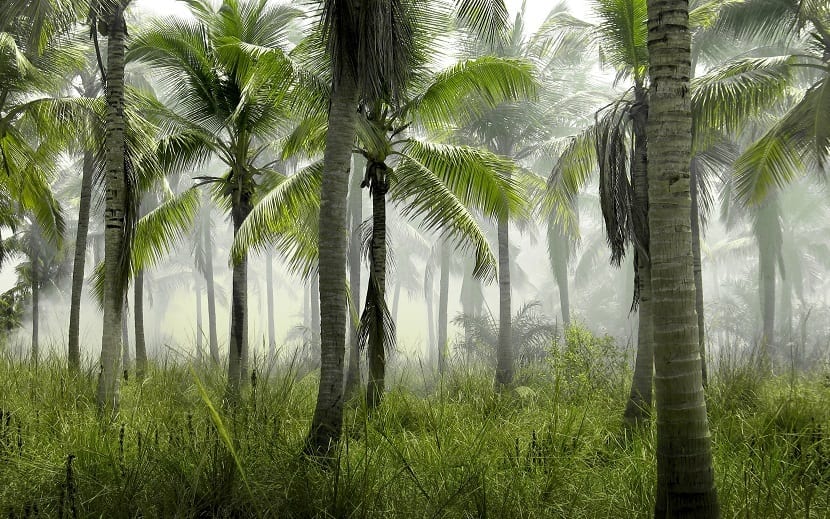
Tropical forests
They are found in tropical and subtropical areas. They are characterized by their large amount of humidity. In them the annual rainfall is very abundant and there is a great wealth of vegetation.
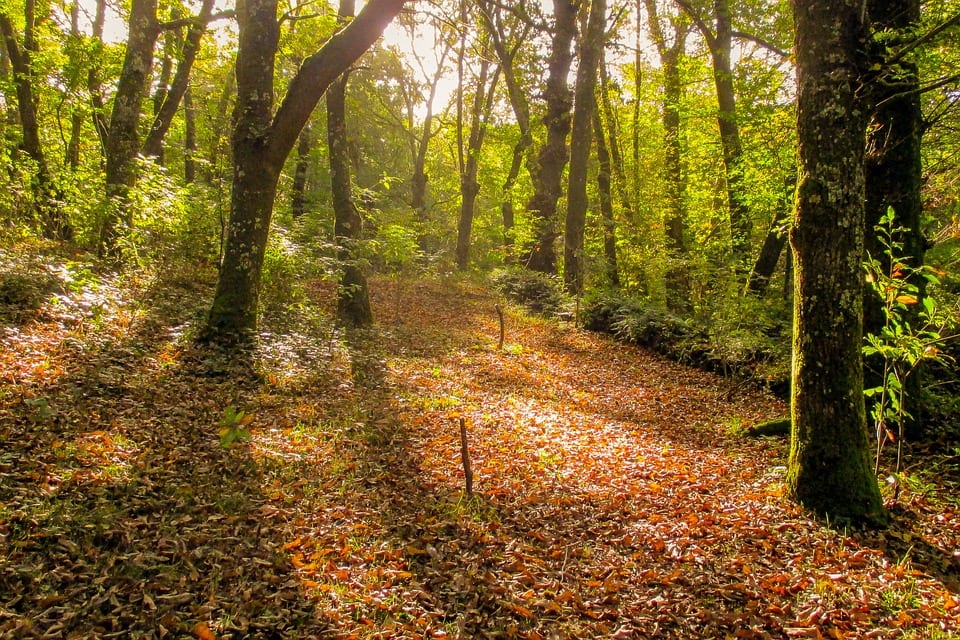
Grasslands
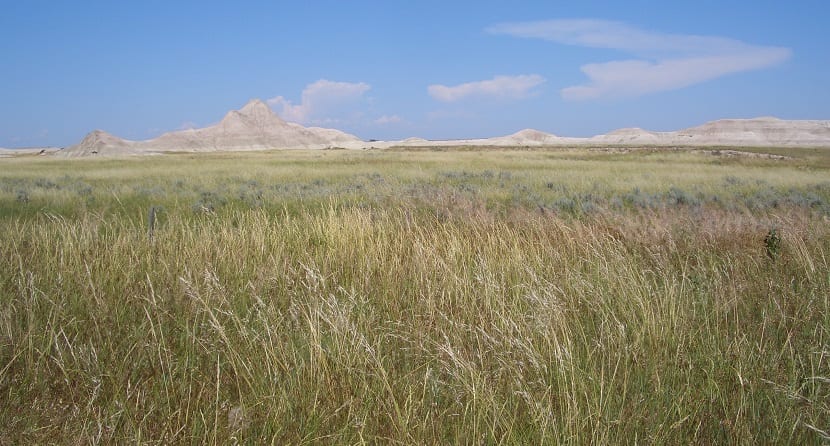
Grasslands
They have a great abundance of plants, grasses and various species of flowering plants. They have a drier season and a rainier one with acceptable and stable temperatures all year round. Thanks to these stable conditions, many more species can live well in these ecosystems.
The desert

Desert
It is the hottest biome on the planet. It is the opposite of the tundra. It is characterized by its extreme climatic conditions of high temperatures and very little abundant rainfall. For the human being there is a great risk of fire due to the high temperatures, which is why many areas burn due to the little humidity that there is. The organisms that live in these ecosystems are adapted to the lack of water and have reserve mechanisms to survive.
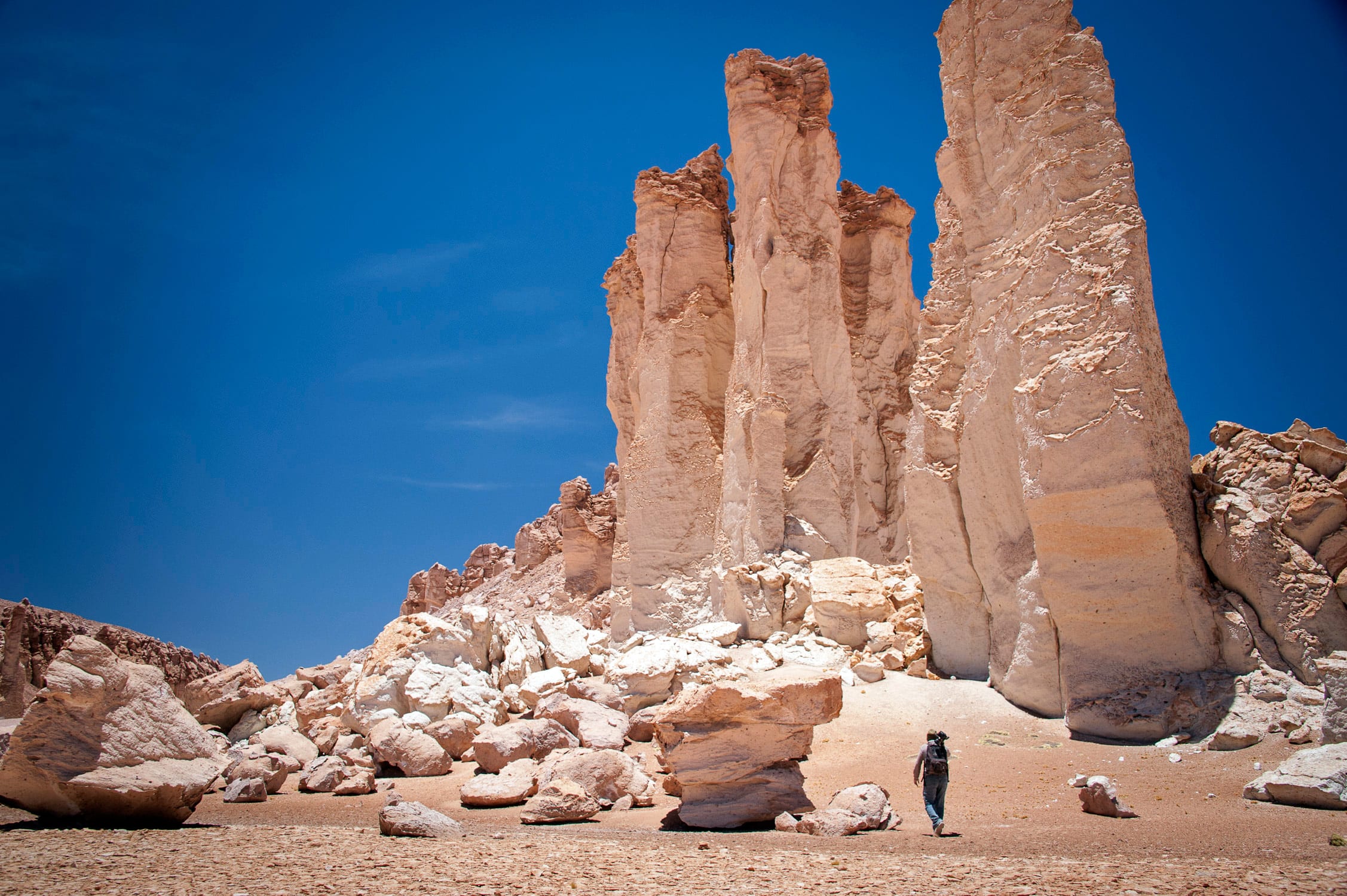
Freshwater biomes
These biomes are characterized because the organisms live in fresh water. Aquatic life is very abundant and living conditions are totally different from those of terrestrial biomes. The organisms that live in these places depend on many variables. Water depth, temperature, water regime (that is, if it is moving or stagnant), etc.

When we talk about freshwater biomes, we tend to think of large bodies of water that are home to numerous species of plants and animals. But it does not have to be like that. Freshwater biomes are lakes, rivers, streams, ponds and wetlands. Wetlands are highly relevant to climate change as they are home to numerous species that are indicators of climate change. When in a lake or river we see areas full of moss, we can know that there are organisms that live in the water and that feed on these in order to survive. Mosses are indicators of places with high humidity, since they need it to live.
Marine biomes
Marine biomes differ primarily from freshwater biomes in that they harbor salt water. Among them we find the seas, oceans, estuaries and coral reefs. The marine biome is the largest in the entire planet. Coral reefs are being severely affected by the effects of climate change. When ocean temperatures rise (as they are currently doing due to the increased greenhouse effect and global warming), coral reefs suffer "a disease" called bleaching. The reefs turn white and lose their ability to reproduce until they die. When coral reefs die, all species that are related to them and that are dependent for survival are also negatively affected.

Today we can study the relationship of living beings in these marine biomes thanks to the development of new technologies (such as underwater cameras) that allow us to record the seabed and everything that happens on it.
Endolytic biomes
Endolithic biomes are being discussed by experts in case they form part of a totally different classification. However, there are many scientists who claim that they deserve the proper categorization that we are giving them. This type of biome can be found in the rest of the biomes since they include all types of microscopic life forms.

Organisms that live in these biomes usually do so in the pores of the rocks and in places that are very difficult to see and identify, but which are conditioning factors for life.
Anthropogenic biomes
Although every time we talk about the environment, biomes, ecosystems, etc. We talk about nature, animals and plants, the human being it is vital to include it as it is the main factor that conditions changes in biomes. These biomes encompass the areas most altered by humans. The areas used for agriculture and livestock they belong to anthropogenic biomes. If studies are carried out on which vegetation grows best and in which places, plantings can be optimized from one year to the next and obtain better benefits with larger and more productive harvests.
Depending on the areas of the planet that we study, we can study the different species of plants that are grown and traded. By optimizing natural conditions we can make crops better and less harmful. That is, if we carry out a study on which plant species grows best depending on the conditions of the place and we plant it, we will obtain better results with less effort. For example, the planting of irrigated species such as avocado and mangoes in rainfed areas where rainfall is low. If these fruits are grown in rainier and more humid areas, better harvests will be obtained with lower production costs, so the benefits obtained will be greater and the impacts on nature less (impacts on the use of irrigation water in places with few annual rainfall).
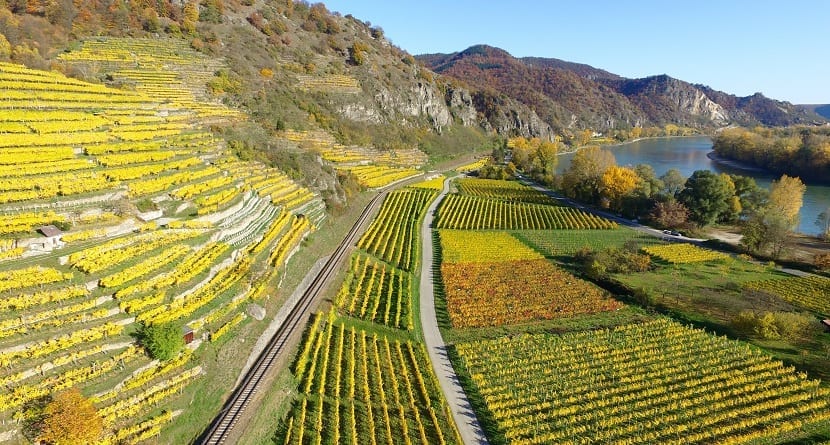
It is also important to know the type of relationship that have the plants that we grow with the surrounding animals. That way we can know the type of balance they have and be able to use more or less pesticides.
Man, climate change and biomes
When mentioning the human being, we have to mention climate change. We cannot doubt that man has affected our planet in a negative way. The Global warming effects they are being increasingly catastrophic in ecosystems. They have increased the temperature of many cold ecosystems. This causes changes in range of many species that need lower temperatures to live and at the same time, an increase in the areas in which certain species that need higher temperatures can survive.
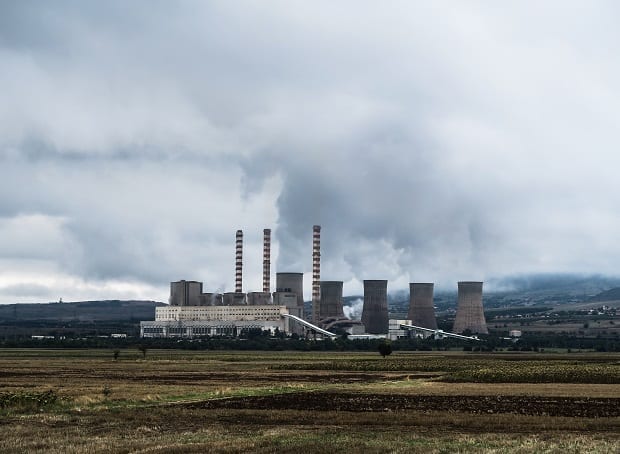
By studying the anthropogenic biomes mentioned above, the opportunity to be able to carry out activities in a more correct way with the environment can be obtained so that the impact is as minor as possible. It also allows us to make good decisions about how our economic activities can affect other living beings.
That is why knowing the biomes of the planet is of vital importance to know the relationships of all individuals, both of animals and plants, and of us with the rest of the organisms that populate our planet.
Fabulous! did not know the endolithic biomes! Even reading around here and of course it sounds just caves, lava tunnels, between the earth, etc. thanks
thanks you saved me work
Can you give me the definition !! What is the biome? Please
Thank you it's fascinating and a great job you did and too good. :); )
Hi. Thanks for the article.
Just one question, why speak of anthropogenic biomes, if it is assumed that the determinant of this classification is the climate.
Although man studies the climatic characteristics of the place where he wants to develop agriculture, and generates changes in the ecosystem, he is not the one who defines the climatic conditions, or the latitude or altitude of said place.
Wouldn't it be better to talk about anthropogenic ecosystems?
Good Juan, thanks for your comment. We really speak of anthropogenic biomes because the alteration of the human being on the climate causes the creation of biomes with unique characteristics in which we include the flora and fauna associated with it. For example, agricultural lands have characteristics of an anthropogenic biome, since the pH of the soil, the conditions of nitrogen exchange between soil and atmosphere, temperature and even a small-scale change in albedo, causes the creation of a different environment. with flora and fauna characteristic of it.
I hope I have helped you 🙂